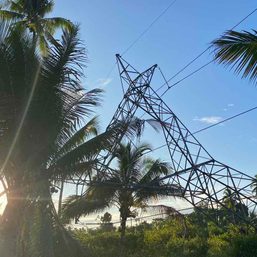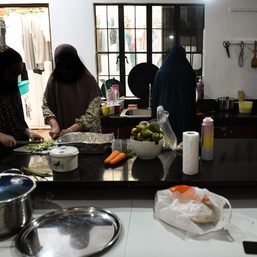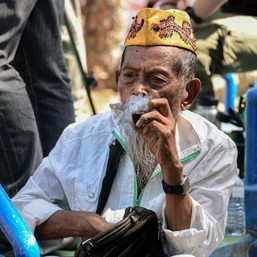SUMMARY
This is AI generated summarization, which may have errors. For context, always refer to the full article.

CAGAYAN DE ORO CITY, Philippines – Groups advocating the use of clean and renewable energy called on the Marcos administration to start the rehabilitation of Mindanao’s primary generator of hydroelectric power, and reduce the South’s dependence on coal-fired power plants.
Coal-fired power plants generate 2,263 megawatts (MW), accounting for 51% of Mindanao’s power mix, while hydroelectric power plants produce 1,158.17 MW or 26%, and oil-based power plants generate 771.20 MW or 17%.
Mindanao generates 104.48 MW of geothermal power, 79.98 MW of solar power, and 66.30 MW from biomass.
The Center for Ecology, Energy, and Development (CEED) said the government allowed Mindanao to increase its dependence on coal-fired power plants nearly 10 times – from 232 MW to 2,089 MW – during the last decade.
“This (rehabilitation of hydroelectric power plants) is certainly a welcome direction. We hope this is a sign that lessons were learned on how unwise it was to flood Mindanao with coal, which only burdened communities and consumers with pollution and higher electricity rates,” said Gerry Arances, CEED executive director.
Mylah Faye Cariño, director for Northern Mindanao of the National Economic Development Authority (NEDA), said the rehabilitation of the Agus-Pulangi Hydro Power Complex (APHPC) has been delayed since 2019, the year it was green-lit by the Regional Development Council of Northern Mindanao.
According to the Department of Finance (DOF), the proposed P16.7-billion rehabilitation was still being fine-tuned by the government along with the Power Sector Assets and Liabilities Management Corporation (PSALM) and National Power Corporation (NAPOCOR).
The hydroelectric power complex, which consists of seven run-of-river hydroelectric power plants, is located in the Lanao and Bukidnon provinces, generating 600 MW of its 1,001-MW capacity.
Officials said the proposed rehabilitation would extend the APHPC’s life by another 30 years.
Engineer David Tauli, director of the Mindanao-based Institute of Power Sector Economics (IPSEC), “The Agus-Pulangi plants must be rehabilitated, but it should be done properly, with full transparency on the part of national government officials.”
NAPOCOR senior vice president Melchor Ridulme said the first phase of the planned rehabilitation project would improve the APHPC facilities that have a generating capacity of 417.1 MW, and the second phase would ensure a stable supply of another 515 MW from the Agus I, Agus II, and the Pulangi IV power plants.
Cariño said the government is pushing for more renewable energy projects in Mindanao.
“Our concern is to ensure that we have more than ample supply of energy for Mindanao. We want to change, and have more power coming from renewables,” Cariño said.
Arances said sustainability advocates, consumers, communities, and local stakeholders in Mindanao have long been urging the government to prioritize the rehabilitation of the Agus-Pulangi system.
He also called on the government to have a comprehensive plan on how the country would tap renewable energy sources in Mindanao.
“This rehabilitation project cannot be a token effort for sustainability, which it will be if plans to eventually phase out coal and to halt the planned entry of another dirty energy source – fossil gas – are nowhere in sight,” Arances said. – Rappler.com
Add a comment
How does this make you feel?






















There are no comments yet. Add your comment to start the conversation.